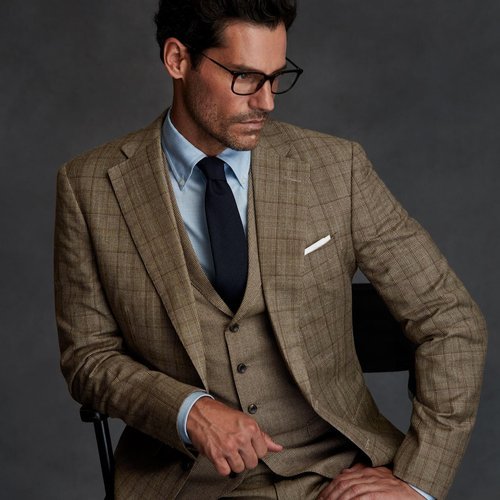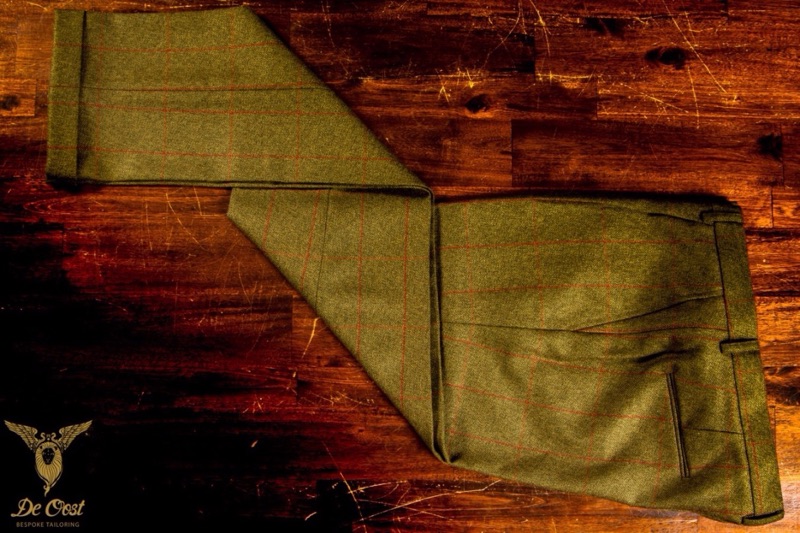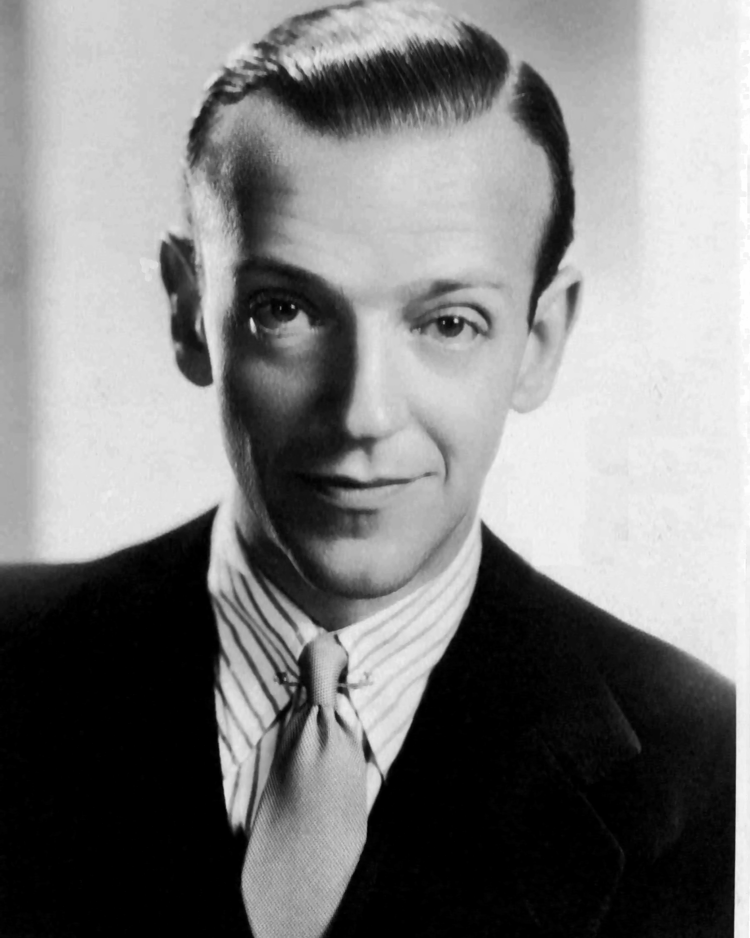Against a background of poverty, deprivation and devastation they parade down the streets as peacocks in their brightly colored suits and can be seen as modern dandies. Sapeurs are members of the SAPE, Société des Ambianceurs et des Personnes Élégantes (Society of Ambiance-makers and Elegant People). The SAPE is a sub-culture centered in the cities of Kinshasa and Brazzaville in the Democratic Republic of the Congo and the Republic of Congo respectively.
Origin
The SAPE can be traced back to the period of colonialism. By the end of the 19th century the so-called ‘houseboys’ were the first to embrace European modernity and started to dress to the style of their masters’ and made it their own. By dressing like the colonists they wanted to reverse the established social and political order. In the 1920’s Congolese soldiers, who spent time in France and fought for the French army, came back to Brazzaville and started to adopt the French (dandy) style and transformed it into a genuine Congolese expression.
The first icon or Grand Sapeur was André Matsoua. After the period of colonialism la SAPE style and social movement was revived by the 1960’s pop star Papa Wemba, also known as the pope of SAPE. Wemba made use of the SAPE’s culture of extravagant dress to challenge the strict dress codes which outlawed European and Western styles, imposed by the government.
The SAPE became a revolutionary and political movement, which defied political leaders, using appearance as a form of rebellion against the brutal aspects of Congolese life. Today the Sapeurs are well respected and form a positive inspiration in the community, often paid to attend weddings, anniversaries and public events. The SAPE has even moved to European cities like Paris, London and Brussels.
Style and behaviour
The Sapeurs sense of style is one of joyous exuberance, flamboyant colours, polished tailoring and impeccable attention to detail: suits in bright pink, poison green or flashy yellow, bowler hats, bow ties and polished brogues. One important style rule is that the Sapeurs never put more than three colors in the same outfit. A Sapeur has to have sartorial know-how and has to know the rules of harmoniously matched colours without being excessive. With their style the Sapeurs express their individuality and personal character.
There are also strict behavioral customs that come with being a Sapeur which are as important, if not more so, than dressing with dash and flair. The Sapeur is a model of gentlemanly behaviour and mannerism. How you treat people is very important. For a man to be a Sapeur he must be gentle, he must not be aggressive, he must be against war, he must be calm tempered. The SAPE is an art and real gentlemen have to know how to dress and how to behave in a social context. For the Sapeurs it is a code of conduct, which they follow in a near religious way. The ten (still unfinished) commandments of la SAPE dictate:
You will be SAPE with men on earth and God in heaven.
You will not sit down
You will honour la SAPE wherever you will be.
The roads of Sapology are impenetrable to he who does not know the trilogy of colours.
You will wear the ngaya, the mbendes, the tchidongo on earth, sea and sky.
You will maintain a strict hygiene with both clothes and body.
You will not be a racist, tribalist or discriminate.
You will not be violent or arrogant.
Still to be written.
Still to be written.
Epilogue
As a bespoke tailor we encourage people to develop their own individual style. Whether this means you like to wear bright coloured suits like the Sapeurs or you feel more comfortable in royal blue or a grey pinstripe suit, you must always feel at your personal best. Furthermore we like to believe that he who dresses like a gentleman, acts like a gentleman. In that way the Sapeurs teach us one important lesson: “Being a gentleman is not just about being a sharp dresser, it is also about impeccable manners.”
If you would like to get more inspiration from the Sapeurs it is worth reading the book Gentlemen of Bacongo from Daniele Tamagni. If you are more interested in the story behind the Sapeurs have a look at the documentary The Congo Dandies.











